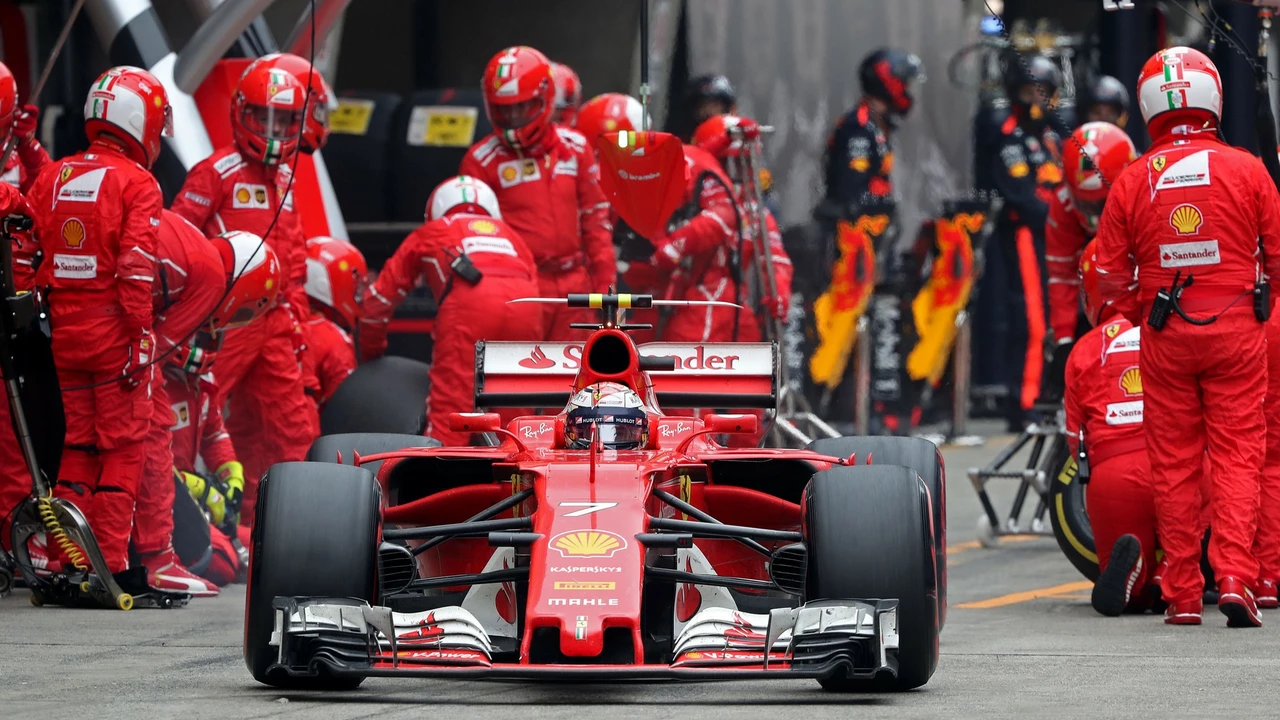Motorsport Procedures: Your First Steps into UK Racing
If you’ve ever dreamed of hearing a V8 roar and feeling the G‑force of a corner, you’re not alone. The UK has a rich racing culture, but jumping in without a plan can cost you time, money, and confidence. This guide breaks down the practical procedures you need – licence, training, gear, and race‑day habits – so you can hit the track with a clear path and stay safe.
Getting Your Racing Licence
The first official step is a racing licence from Motorsport UK. Start by visiting their website and signing up for a Motor Sport Association (MSA) competition licence. You’ll need a recent medical check, proof of age (you must be 16 for most clubs), and a small fee. After that, book a Racing School – many clubs run their own or partner with schools like the Silverstone Racing School. The school will teach you basic car control, flag signals, and safety checks. Pass the final assessment, and you’ll receive a licence that lets you enter club races across the country.
Training, Gear and Track Etiquette
Licencing is just the start; you still need skill and the right equipment. Spend at least 10–15 hours on a track day before your first race. Practice braking zones, throttle control, and apex hunting. Invest in a good racing suit, helmet (snell or equivalent), gloves, and boots – safety gear isn’t optional. Your car also needs a roll‑cage, fire‑extinguishing system, and a properly calibrated tyre pressure. On the track, follow the flag system: yellow means slow, red means stop, blue means give way. Respect other drivers, keep your car clean, and always check the pit lane for obstacles before you pull in.
When race day arrives, arrive early for a technical inspection. Make sure your entry list is correct, and double‑check fuel levels and tyre temperatures. During warm‑up laps, listen to engine notes and feel the grip – this is where you spot any issues before the start. At the green flag, focus on maintaining a smooth line; aggressive moves often lead to penalties or crashes. If you’re unsure about a maneuver, yield – you can always make up time later with consistent laps.
After the race, perform a quick post‑run check: look for tyre wear, brake fade, and any loose bolts. Talk to other drivers; most clubs have a debrief session where you can learn what worked and what didn’t. Staying involved in the community helps you find coaching, sponsorship, and future race entries. Remember, racing is as much about relationships as it is about speed.
Ready to take the next step? Sign up for a local club’s next open day, get your licence, and book a seat in a driver‑school session. Keep a notebook of track data, set realistic goals, and watch your lap times drop. With the right procedures in place, you’ll be on the grid faster than you think – and most importantly, you’ll stay safe while having a blast.
Why are Indycar pitstops slower than F1 pitstops?
Indycar pitstops often seem slower than F1 pitstops due to a variety of factors. Firstly, the refuelling process included in Indycar pitstops adds extra time. Furthermore, the mechanics in Indycar use hand-held pneumatic jacks, rather than the built-in hydraulic jacks used in F1, which also adds a few crucial seconds. Additionally, IndyCar teams are made up of fewer crew members, which can slow down the process. Lastly, the design of the cars themselves, including tire sizes and lug nuts, can also contribute to the longer pitstop times in Indycar.
